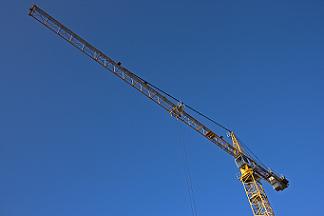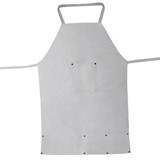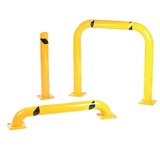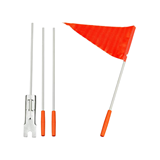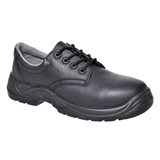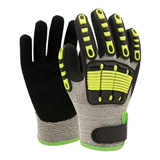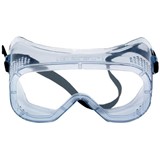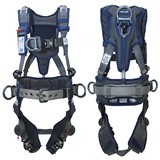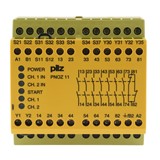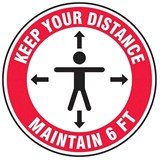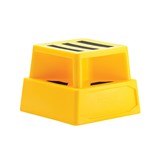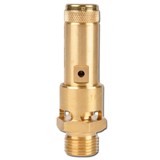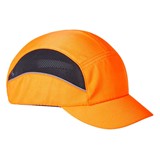Statistics show that 40 per cent of all deaths relating to mobile cranes are caused by impact with a falling or swinging object (crane part or hoisted load). Critical risk factors that affect cranage operations are slinging methods, high winds, working close to powerlines, the poor state of the ground and surrounding vegetation, or other obstacles.
Occupational health and safety requirements
Occupational health and safety legislation requires employers and persons in control of workplaces to take appropriate steps to eliminate or minimise any foreseeable risk to the health, safety and welfare of persons at the workplace, in consultation with the parties concerned. They must provide appropriate information, instruction, training and supervision to ensure that the work is performed in a suitable and safe manner.
Specifically for mobile cranes, including vehicle loading cranes, a site assessment should be carried out prior to the delivery, based on specific site information collected, such as site access restrictions and nearby hazards that could affect unloading – eg motor vehicle and pedestrian traffic.
Australian Standard AS2550 Part 1 Safe use of cranes – General provides guidelines for the safety of persons in the vicinity of the lifting operation.
Risk controls
Cranage incidents can be prevented by taking all reasonably practicable steps to ensure that:
- cranes are capable of lifting the required loads; are set up appropriately on a stable, firm footing; are operated at speeds that do not expose the load to jerks, abrupt stops or impacts with the crane or other objects
- loads are slung by appropriately qualified and competent persons
- slinging techniques and gear used are suitable, taking into account the weight, shape and nature of the load, as well as the conditions that may be present during the course of lifting operations
- cranes are sited so that the operator always has optimum vision of the working area
- loads are manoeuvred into place by appropriately qualified and competent persons
- except where the movement of the crane is being directed by a dogger, the operator is at all times able to observe the hook, load attaching device and load
- arrangements are made to keep persons away from the vicinity of the lifting operation – eg establishing an exclusion zone – especially while loads are raised and traversed off the ground
- cranes and slinging gear are regularly inspected and maintained.

